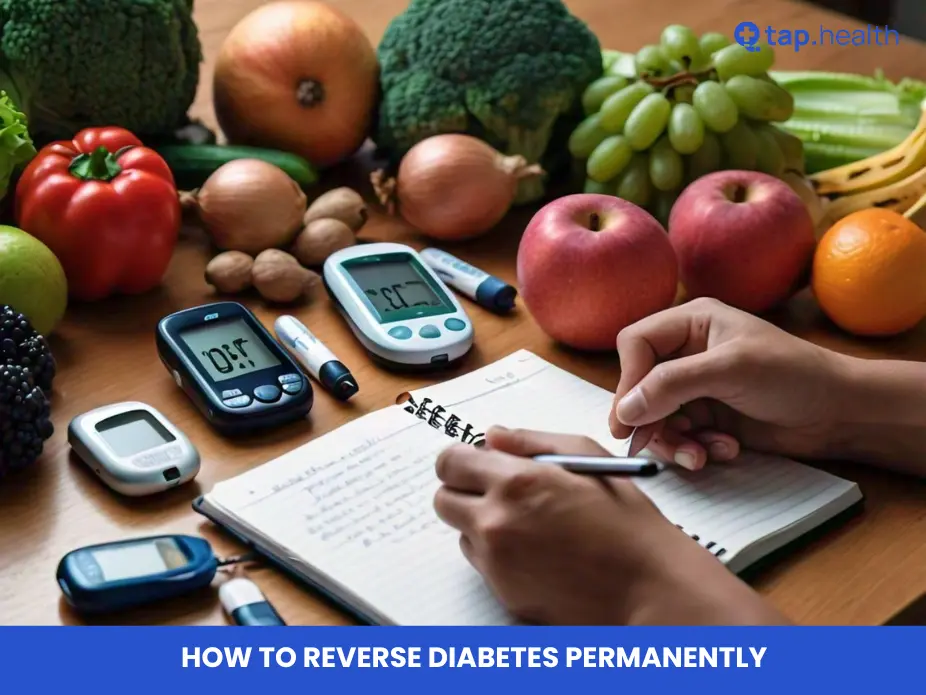No. A reading of 300 mg/dL after meals is extremely high and never considered normal in pregnancy. It signals poor glucose control, often due to gestational diabetes, and requires urgent medical attention to protect both mother and baby.
What Are Normal Blood Sugar Targets in Pregnancy?
The American Diabetes Association and most obstetric guidelines recommend:
- Fasting: < 95 mg/dL (< 5.3 mmol/L)
- 1 hour after eating: < 140 mg/dL (< 7.8 mmol/L)
- 2 hours after eating: < 120 mg/dL (< 6.7 mmol/L)
Anything significantly above these, especially 300 mg/dL, is dangerous.
Why Does Blood Sugar Spike So High in Pregnancy?
Common causes include:
- Gestational diabetes (2–10% of pregnancies)
- Increased insulin resistance from pregnancy hormones
- High-carb or sugary meals
- Inactivity, stress, illness, or certain medications
What Risks Does a 300 mg/dL Reading Pose?
For the mother:
- Preeclampsia
- Higher chance of C-section
- Future type 2 diabetes risk
For the baby:
- Macrosomia (large baby)
- Preterm birth
- Neonatal hypoglycemia
- Long-term risk of obesity and diabetes
What Symptoms Accompany Very High Blood Sugar in Pregnancy?
- Extreme thirst and frequent urination
- Unusual fatigue
- Blurred vision
- Nausea/vomiting
- Confusion or fruity breath (emergency signs)
What Should You Do if Blood Sugar Hits 300 mg/dL While Pregnant?
- Recheck the reading immediately
- Drink water and stay calm
- Take prescribed insulin or medication if you have it
- Call your obstetrician or diabetes team right away
- Go to the emergency room if you feel confused, vomit repeatedly, or have trouble breathing
A level of 300+ is considered a potential hyperglycemic emergency in pregnancy.
How to Bring Down and Prevent 300 mg/dL Spikes
- Test blood sugar 4–8 times daily (or use CGM)
- Follow a gestational diabetes meal plan (balanced carbs, protein, healthy fats)
- Walk 10–15 minutes after meals
- Take insulin or oral medication exactly as prescribed
- Attend every prenatal and diabetes clinic visit
- Stay hydrated and manage stress
Long-Term Outlook After Gestational Diabetes
Women with gestational diabetes have a 50%+ lifetime risk of type 2 diabetes. Babies have higher chances of childhood obesity and future diabetes. Postpartum glucose testing at 4–12 weeks and healthy lifestyle changes are critical.
Can TapHealth Help Manage Diabetes and High Blood Sugar in Pregnancy?
Yes! TapHealth’s advanced remote monitoring platform connects pregnant women with high blood sugar or gestational diabetes directly to specialist teams. Real-time glucose data, instant messaging with endocrinologists and dietitians, personalized meal plans, and 24/7 emergency guidance help keep levels safe and reduce complications. Thousands of moms have safely managed gestational diabetes using TapHealth’s proven system.
Managing a 300 mg/dL blood sugar episode during pregnancy is serious but very achievable with prompt action and the right support. Stay proactive, keep testing, and never hesitate to reach out for help — your baby’s health and yours depend on it.od sugar levels not only supports your well-being but also fosters the healthy development of your baby.



